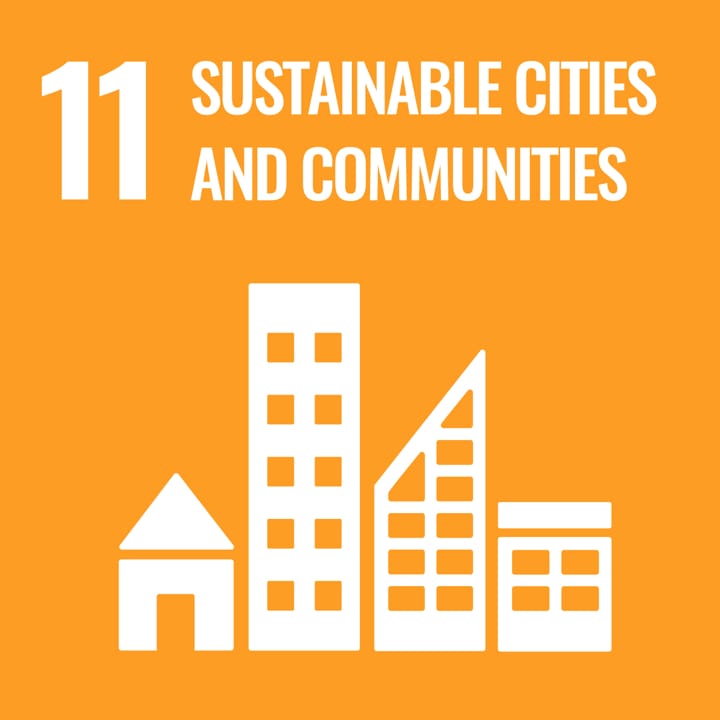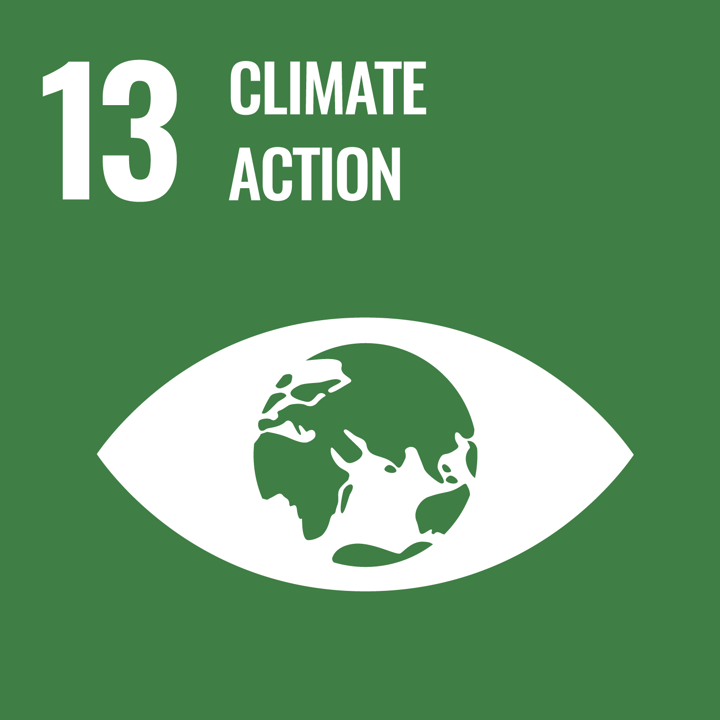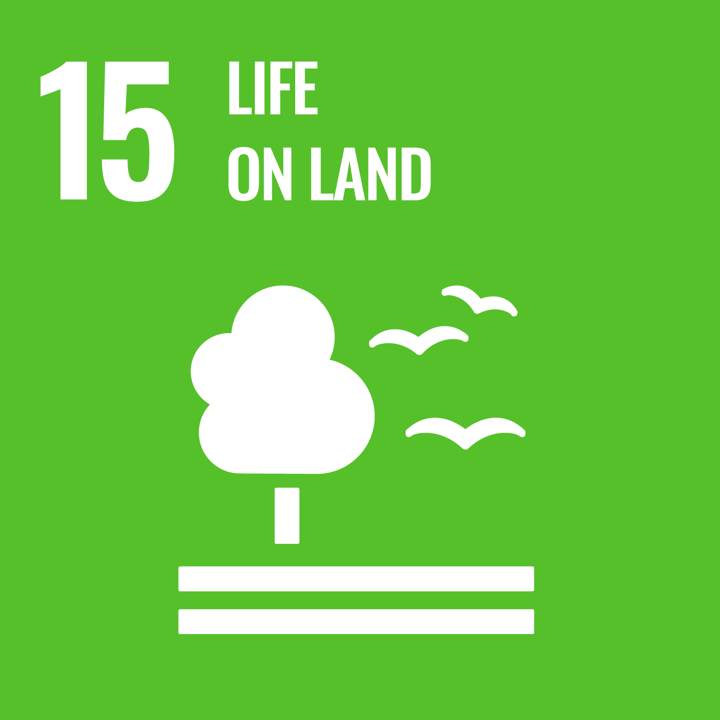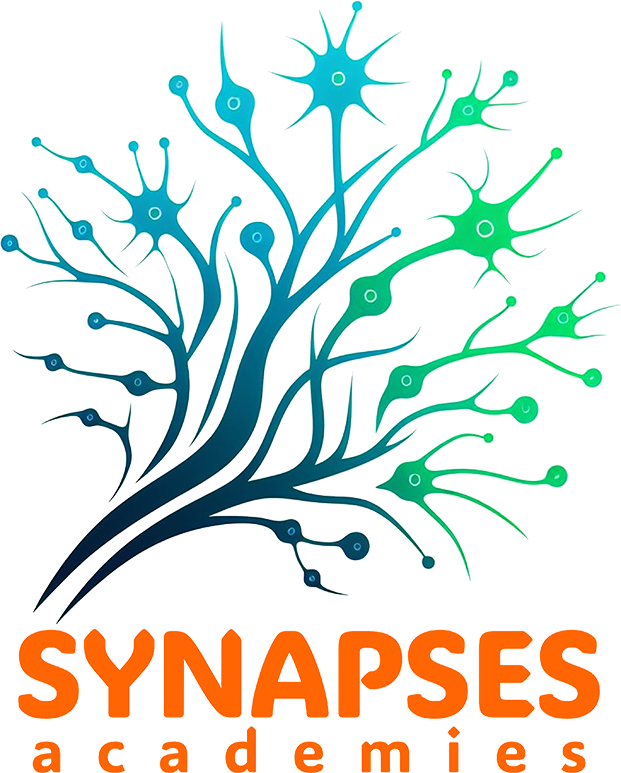
Intended End User: Teacher
Age Group: Upper Primary; Lower Secondary
School Curriculum: Science; Social, Physical & Health Education
Themes and Topics: Environmental Change; Futures Thinking
Duration: 45-60 minutes
Type of Resource: Lesson Plans, Project, Workshop
Keywords: Biomimicry, Adaptation, Sustainability, Nature-Based Solutions, STEM, Place Based Learning, Challenge Based Learning
Languages: English
Description
This activity introduces students to biomimicry and its applications in solving environmental problems. Students explore how nature has evolved solutions over millennia and use their observations to develop an invention inspired by biological adaptations. The activity supports scientific literacy, creativity, and sustainability education.
How to use this resource
- Introduce biomimicry using examples such as Velcro inspired by burs or wind turbines modelled after whale flippers.
- Discuss biodiversity and its threats, allowing students to explore local environmental challenges.
- Students select a species and design an invention based on its adaptations to address an environmental problem.
- Encourage students to present their designs and discuss how nature can teach sustainable solutions.
The resources
Learning Activity: Biomimicry Design Challenge:
The additional resources and tools, can be found here:
Learning Outcomes
- Apply a range of suitable tools and frameworks to promote student Sustainability Citizenship
- Collaboratively synthesise the knowledge, tools and frameworks to create educational materials and lessons plans adapted to their own local context
- Through workshop activities and communities of practice, build capacity and agency as Sustainability Citizenship educators and leaders.
Green Competencies
- Embodying Sustainable Values: Promoting Nature
- Embracing Complexity in Sustainability: Systems Thinking; Problem Framing
- Envisioning Sustainable Futures: Adaptability; Exploratory Thinking
- Acting for Sustainability: Collective Action
Creative Commons

© 2024 WWF. All rights reserved by World Wildlife Fund, Inc. WWF® and ©1986 Panda Symbol are owned by WWF. All rights reserved.
The Biomimicry Design Challenge was created by the World Wildlife Fund and is shared on the Synapses Portal under a Creative Commons Attribution-NonCommercial 4.0 International License.
SDGs





